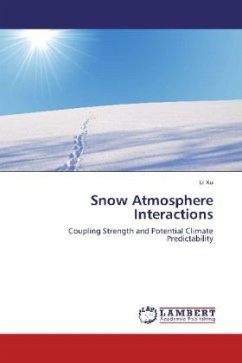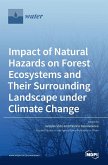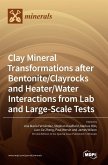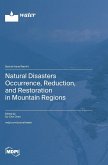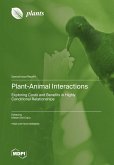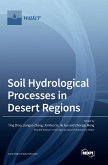As the world's highest and largest plateau, the Tibetan Plateau (TP) is referred to as 'the Asian Water Tower' and 'the Third Pole of the World'. A better understanding of the water and energy cycles in the TP is not only critical for revealing the mechanisms of regional land-atmosphere interactions, but also essential for assessing the causes of changes in the cryosphere and hydrosphere in relation to changes in the plateau atmosphere in the Asian monsoon system. Since the TP is an ecologically fragile region that is sensitive to climate change, the systematic evaluation of land-atmosphere interactions in this region also contributes to the quantitative understanding of climate change. This Special Issue mainly presents up-to-date advances in the quantitative assessment of sensible heat flux, soil moisture, soil freeze-thaw processes, vegetation and drought indices, groundwater storage, runoff, condensation, and desublimation, as well as the distinct surface processes over lakes and glaciers in the TP. These selected papers are novel and timely in informing the knowledge on land-atmosphere interactions driven by climate warming. We trust that the collection of these papers will provide quantitative references for more effective assessment and prediction of land-atmosphere interactions in the "Third Pole".
Hinweis: Dieser Artikel kann nur an eine deutsche Lieferadresse ausgeliefert werden.
Hinweis: Dieser Artikel kann nur an eine deutsche Lieferadresse ausgeliefert werden.


